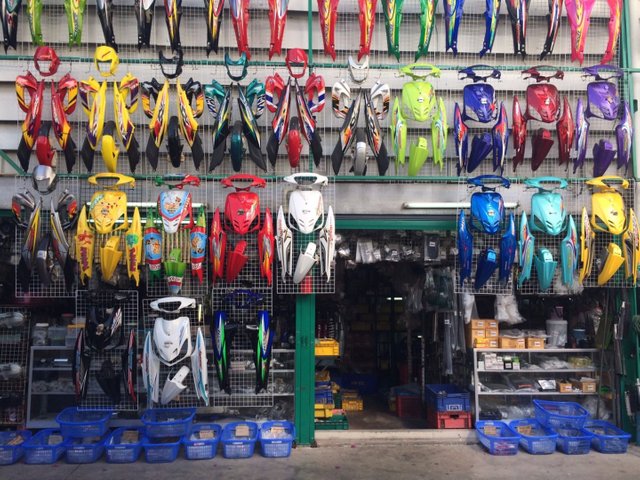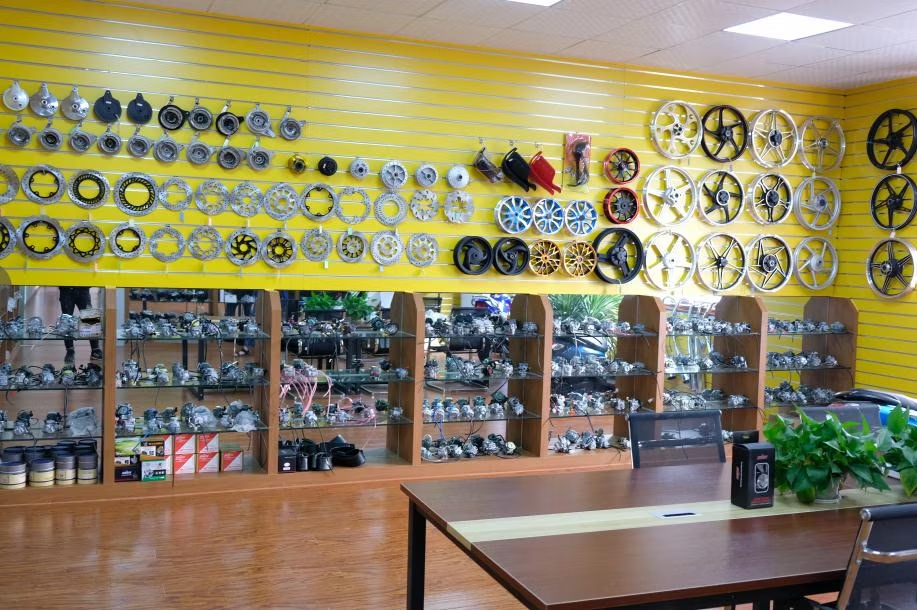Top MX Gear NZ: Gear Up for Your Next Off-Road Adventure
Top MX Gear NZ: Gear Up for Your Next Off-Road Adventure
Blog Article
Understanding the Important Parts of a Motorbike: A Comprehensive Guide for Lovers
For bike fanatics looking to raise their riding experience and ensure their bikes run smoothly, comprehending the necessary parts of a bike is paramount. Each aspect, from the engine's detailed operations to the crucial function of the stopping systems, not only affects performance yet additionally safety and security and comfort.
Engine Parts

The camshaft plays a critical role in managing the timing of the engine's valves, making sure the specific opening and closing necessary for effective gas and air consumption, along with exhaust expulsion. This timing is critical to maintaining optimal engine performance and efficiency. Furthermore, the carburetor or gas shot system, relying on the bike design, is in charge of mixing air with fuel in the proper ratio for combustion.
The air conditioning system, either air or liquid-based, works to preserve the engine's temperature within operational restrictions, avoiding overheating and ensuring long life - motocross gear. Each element, thoroughly developed and integrated, adds to the seamless operation of the engine, specifying the bike's power result and general performance
Transmission System
Indispensable to the motorbike's functionality, the transmission system makes sure effective power transfer from the engine to the wheels. This system makes up several essential elements, consisting of the clutch, gearbox, and last drive, each playing a crucial function in translating the engine's power right into motion. The clutch, typically operated by a hand bar, serves to disengage the engine and engage from the transmission, permitting smooth gear modifications and controlled velocity.
The gearbox, often described as the transmission correct, consists of a collection of gears that riders can by hand shift with to readjust the bike's rate and torque output. These gears are set up in a series that enables the motorbike to increase efficiently and maintain ideal engine efficiency across numerous speeds. Many motorbikes utilize a sequential transmission, requiring the rider to move gears in a fixed order.
Braking Systems
While understanding the transmission system is crucial to using a motorbike's power, similarly crucial is the capacity to manage and stop that power efficiently, which is where braking systems come into play. Brakes are vital for safety and security and efficiency, supplying the rider with the necessary control to navigate numerous terrains and problems. Normally, motorbikes feature two kinds of braking systems: disc brakes and drum brakes.
Disc brakes are much more widespread in modern motorcycles as a result of their exceptional efficiency. They are composed of a brake disc, caliper, and pads. When triggered, the caliper squeezes the brake pads against the rotating disc, converting kinetic energy right into warmth, thus slowing the wheel. This system supplies better warm dissipation, consistent performance, and improved quiting power, particularly in damp conditions.
Alternatively, drum brakes, though much less common, are still located in some motorbikes. They work by pressing brake shoes versus the internal surface of a drum connected to the wheel. While typically much less reliable in warm dissipation and stopping power, drum brakes are simpler and a lot more economical.
Comprehending these stopping systems' subtleties permits motorcyclists to preserve their motorcycles appropriately and appreciate the design that ensures efficient and safe quiting.
Suspension and Guiding
Suspension and guiding systems are essential components that dramatically affect a motorcycle's handling and trip convenience. The suspension system, containing forks at the front and shock absorbers at the rear, soaks up roadway abnormalities, enhancing security and control. Front forks, normally telescopic or upside down, compress and rebound to alleviate effects, while rear shock absorbers maintain tire call advice with the roadway, essential for traction and safety.
Guiding, focused around the handlebars, links the motorcyclist to the motorbike's directional control. The steering head bearings make certain smooth procedure, enabling accurate maneuverability. Correct positioning and maintenance of these bearings are essential for foreseeable guiding response and minimizing motorcyclist tiredness.
The suspension's adjustability is another essential facet; preload, damping, and rebound settings enable personalization to suit various riding styles and problems. This versatility is vital for maximizing performance, whether browsing metropolitan streets or tackling tough trails. Developments like electronic suspension systems supply real-time adjustments, boosting trip quality throughout varied terrains.

Electric Equipments
After making sure a smooth and controlled adventure via reliable suspension and steering systems, interest transforms to the electric systems, a crucial element of modern motorcycles. These systems play a critical function not only click for more in beginning the engine yet also in powering different elements that boost the functionality and security of the bike.
At the heart of a motorcycle's electrical system is the battery, which shops electric power necessary for beginning the engine and powering complementary systems - mx gear nz. The alternator or generator, combined with the rectifier-regulator, ensures the battery continues to be billed while the bike is in operation, converting mechanical energy into electrical energy and maintaining voltage levels
The ignition system, an additional essential component, is responsible for firing up the air-fuel blend in the engine's cyndrical tubes. Modern bikes usually make use of a digital ignition system, providing greater performance and integrity compared to typical systems.
Lighting systems, consisting of headlights, tail lights, and indications, are additionally essential, guaranteeing exposure and safety for the biker. Additional electronic elements such as sensors, control units, and displays contribute to advanced features like gas shot administration, anti-lock braking systems (ABDOMINAL), and digital dashboards, better improving the riding experience.
Verdict
A detailed comprehension of a motorcycle's essential elements, including the engine, transmission system, stopping mechanisms, suspension, steering, and electrical systems, is indispensable for lovers aiming to enhance comfort, safety and security, and performance. Proficiency of these elements permits informed choices regarding maintenance and upgrades, inevitably enhancing the riding experience. By incorporating this knowledge, motorcyclists can ensure their motorbikes run at peak efficiency and integrity, thereby maximizing both pleasure and long life of their lorries.
For bike fanatics looking to elevate their riding experience and guarantee their bikes run smoothly, recognizing the important elements click here now of a motorbike is critical.Integral to the motorcycle's functionality, the transmission system guarantees reliable power transfer from the engine to the wheels.While comprehending the transmission system is crucial to taking advantage of a motorcycle's power, equally vital is the ability to control and stop that power efficiently, which is where braking devices come right into play. Generally, motorcycles feature 2 kinds of stopping systems: disc brakes and drum brakes.
A comprehensive comprehension of a motorcycle's vital parts, consisting of the engine, transmission system, stopping systems, suspension, steering, and electrical systems, is vital for lovers aiming to optimize performance, convenience, and safety and security.
Report this page